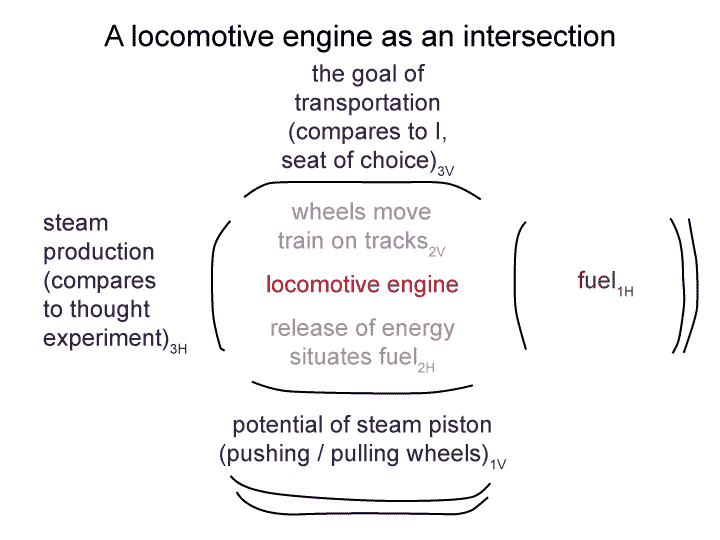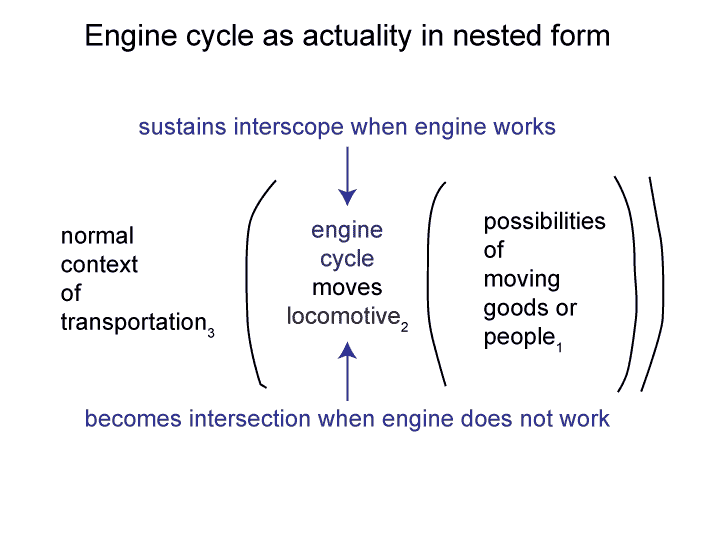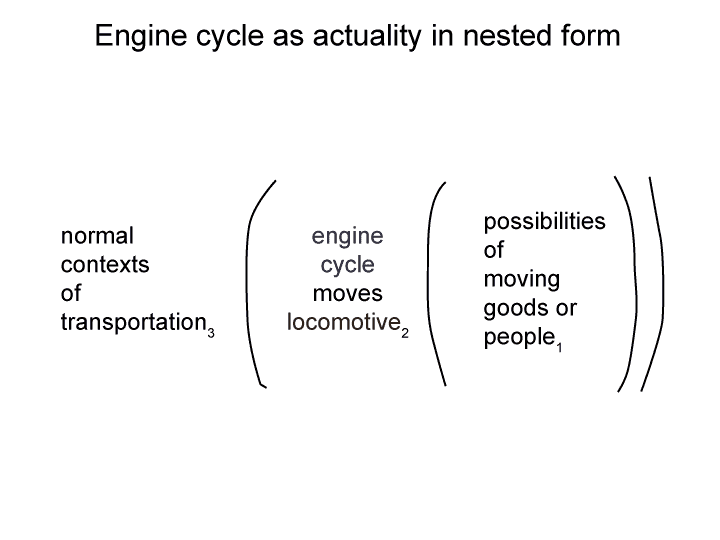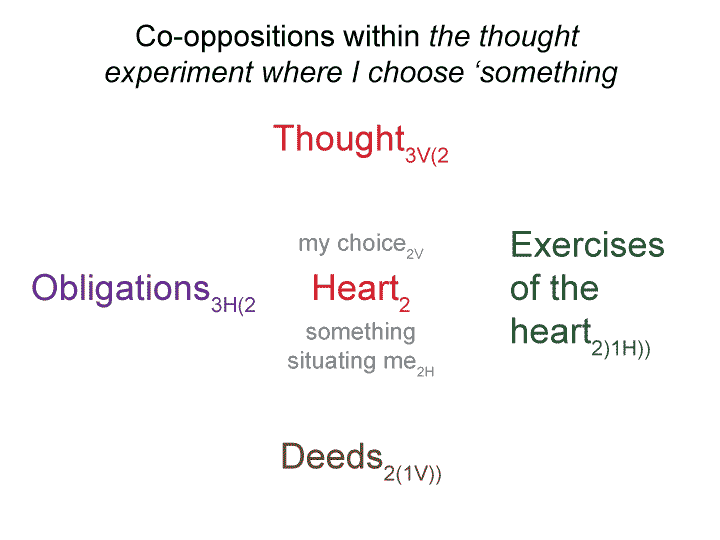Man and Sin by Piet Schoonenberg (1964) 2.3 UA
Summary of text [comment] pages 83 and 84
[What about the potentials underlying the heart2?
‘Free will’ associates with the something that I may choose1V (and by comparison, with consciencespecified1V).
Does ‘free will’ also associate to the grounds of the exercises of the heart2H(1H)) (and by comparison, with ‘the potential inherent in me1H’)?




